Reblooming white hardy rhododendron
NHBabs z4b-5a NH
14 years ago
Related Stories
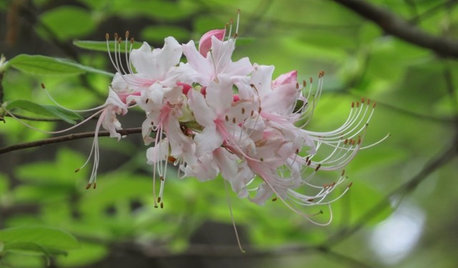
GARDENING GUIDESGreat Design Plant: Rhododendron Canescens
Have a damp, shady spot in your garden that needs a lift? This Southern U.S. native may be the solution
Full Story
HOUSEPLANTSHow to Force Amaryllis Bulbs Indoors
Enjoy vibrant red blossoms even as gardens turn snowy white, by teaching this hardy repeat performer to ignore the calendar
Full Story
GARDENING GUIDESGreat Design Plant: Amelanchier Signals Spring With Airy White Blooms
With roughly 20 species of serviceberry native to the U.S., bees can feed on the early-season blooms while birds enjoy the summer berries
Full Story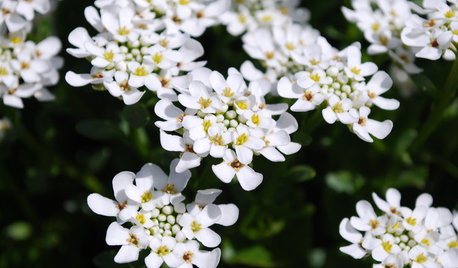
GROUND COVERSGreat Design Plant: Evergreen Candytuft for Glossy Winter Foliage
Keep your garden green through frosty days with this woody subshrub — then delight in sparkling white flowers come spring
Full Story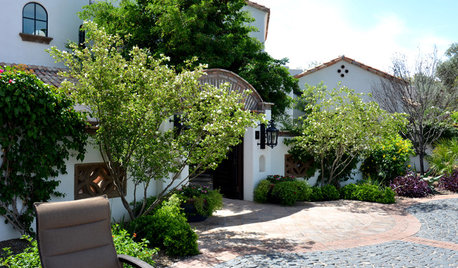
FLOWERS AND PLANTSBauhinia Lunarioides Perfumes the Garden With Its Fragrant Flowers
Bees and butterflies flock to this Texas shrub’s white and pink flowers in spring and summer
Full Story
GARDENING GUIDESGreat Design Plant: Ceanothus Pleases With Nectar and Fragrant Blooms
West Coast natives: The blue flowers of drought-tolerant ceanothus draw the eye and help support local wildlife too
Full Story
GARDENING GUIDESGreat Design Plant: Rosa Banksiae a Low-Maintenance Beauty
This thornless, disease- and insect-resistant rose brings showers of white or yellow flowers to the spring garden
Full Story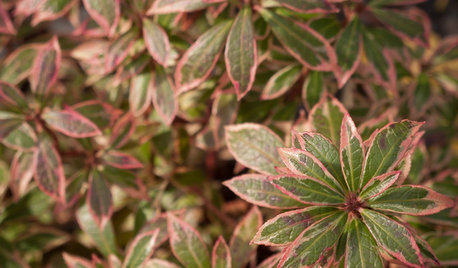
GARDENING GUIDESGreat Design Plant: Little Heath Andromeda Brings 4-Season Color
Rosiness in the cool months and fragrant white flowers in spring help make this shrub a winner — and hummingbirds love it too
Full Story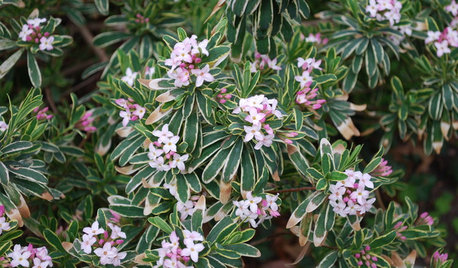
FLOWERSGreat Design Plant: Carol Mackie Daphne
With a sweet, strong fragrance and white flowers that fade to pink, this garden standout has feminine wiles to match its name
Full Story
EDIBLE GARDENSSummer Crop: How to Grow Blueberries
Plant blueberries in spring or fall for garden beauty through three seasons — and a sweet superfood in summer
Full Story





luis_pr
carolinamary
Related Professionals
Kenmore Landscape Architects & Landscape Designers · Marco Island Landscape Architects & Landscape Designers · Roosevelt Landscape Architects & Landscape Designers · Allentown Landscape Contractors · Annandale Landscape Contractors · Broadlands Landscape Contractors · Deer Park Landscape Contractors · Dinuba Landscape Contractors · La Vista Landscape Contractors · Methuen Landscape Contractors · Plainview Landscape Contractors · Ridgewood Landscape Contractors · Saint John Landscape Contractors · Selden Landscape Contractors · Casselberry Landscape ContractorsNHBabs z4b-5a NHOriginal Author